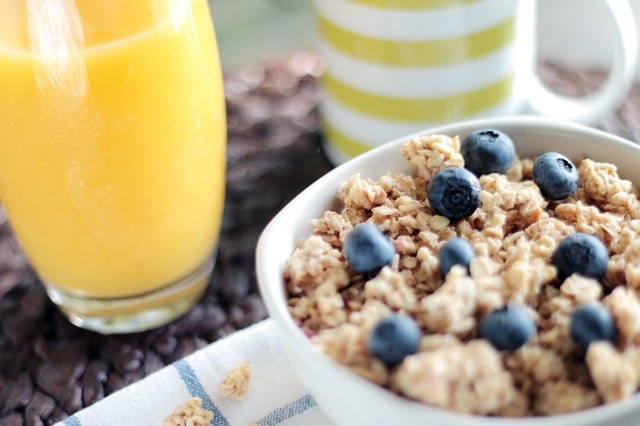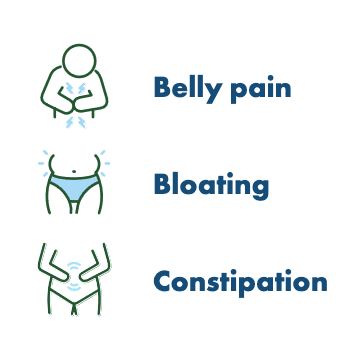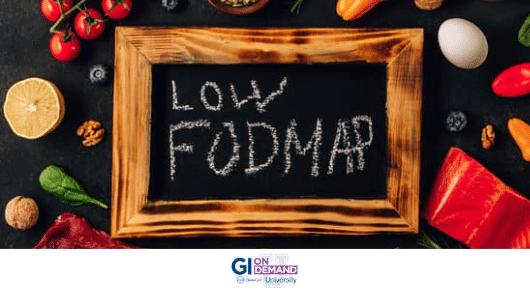Danielle Flug Capalino, MSPH, RD, CDN is a New York City based registered dietitian. This post first appeared on her blog.
What are FODMAPS?
The acronym FODMAP stands for fermentable oligo- di- mono- saccharides and polyols – quite a mouthful. I like to describe them as short-chain carbohydrates. The foods that fall into this category can be poorly absorbed in the small intestine and as a result create a slew of gastroenterological symptoms like gas, bloating, diarrhea, constipation in the millions of people with Irritable Bowel Syndrome (IBS). In fact studies show that up to 75% of IBS sufferers find relief when following a low-FODMAP diet.
The low-FODMAP diet was created by Australian dietitian Sue Shepard, and doctor Peter Gibson, and now is a very important tool in the GI dietitian’s toolbox. It has become a staple of my practice, and I enjoy teaching it to my patients because it can change their lives.
By definition the foods that are high in FODMAPs are: lactose, fructose, GOS or galacto-oligosaccharides, fructans, polyols. If you suspect a sensitivity to FODMAPs you may have a sensitivity to one/some/all of these categories.
Lactose is a sugar naturally found in milk. You may be familiar with this from people are ‘lactose intolerant.’ Some of these people can tolerate yogurt, but not a glass of milk. Not all dairy is created equal, and some people with lactose intolerance are fine eating hard aged cheeses, butter and yogurt. It is possible to have hydrogen breath testing to assess for lactose intolerance.
Fructose is a sugar naturally found in fruits. While all fruits have sugar, it only becomes a problem in those who are sensitive when the amount of fructose is greater than the amount of glucose in a given item. Some examples of high fructose fruits are: apples, pears, mangos. Some examples of low fructose fruits are bananas, oranges, blueberries. It is possible to have hydrogen breath testing to assess for fructose malabsorption.
Fructans are a carbohydrate that is found in a variety of foods including wheat, onions, and garlic. The list of other fructan containing foods is long… and the foods don’t necessarily seem like they are related. Though wheat is high is fructans, fructans are NOT related to gluten (which is a protein) they just happen to exist in many of the same foods. There is no testing other than an elimination diet to test for tolerance to fructans.
GOS or galacto-oligosaccharides are a carbohydrate found primarily in beans. Again there is no test other than an elimination diet to test sensitivity to GOS.
Polyols are sugar alcohols which appear in the diet naturally in certain fruits, as well as in artificial sweeteners. Naturally polyols are in stone fruits, like prunes (which is why prunes help with constipation), snow peas, and mushrooms. Polyols are also the reason why eating many sugar-free candies send people running to the bathroom.
Information on FODMAP content of foods is an ongoing process, and the testing is done by researchers at Monash Univeristy in Australia. The folks at Monash have created an iPhone app which provides up-to-date reliable information for people on the low-FODMAP diet. If you are going to put in the effort to try this diet I strongly suggest working with a registered dietitian who is familiar with the FODMAP diet.

Listen to our
latest Podcast!






